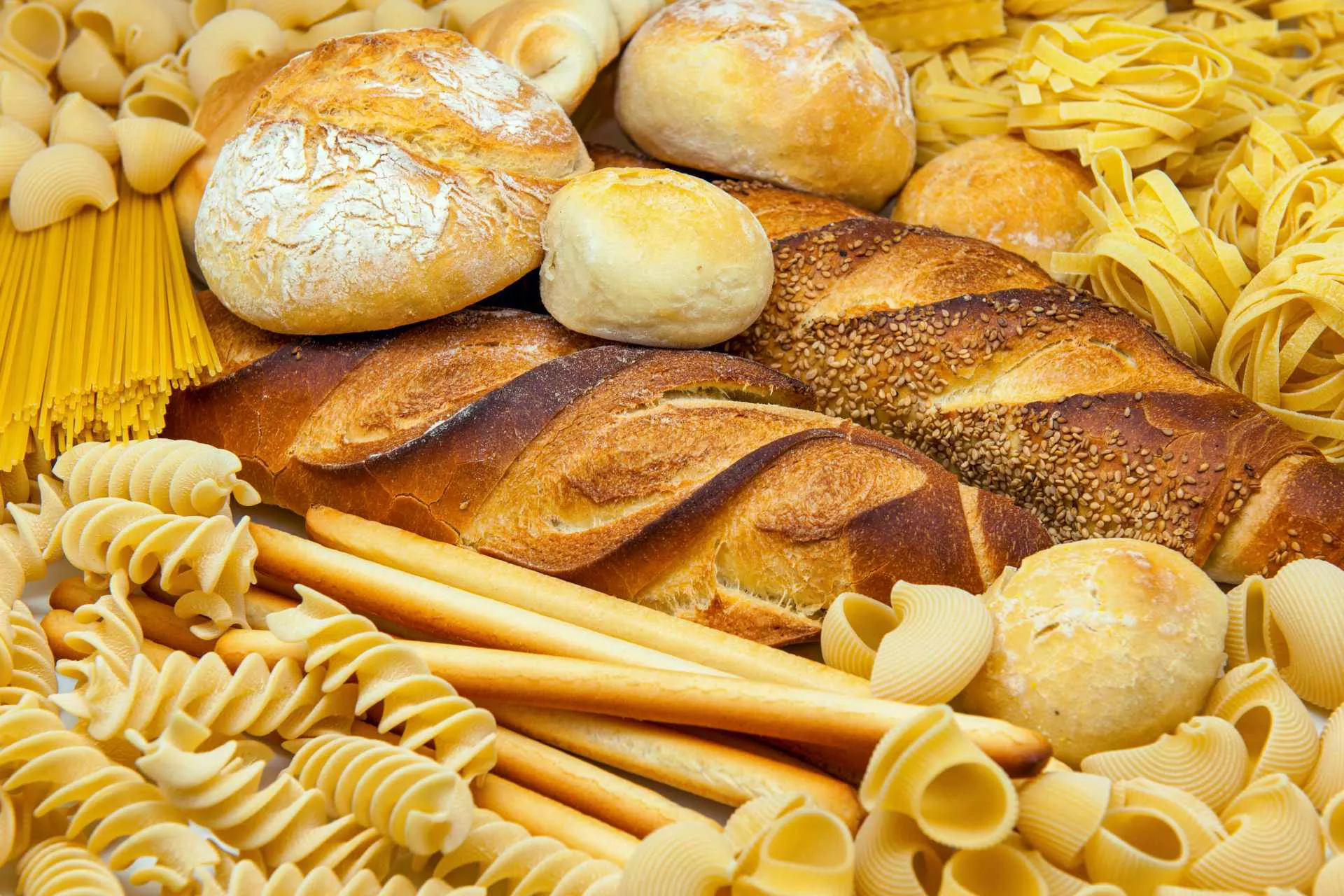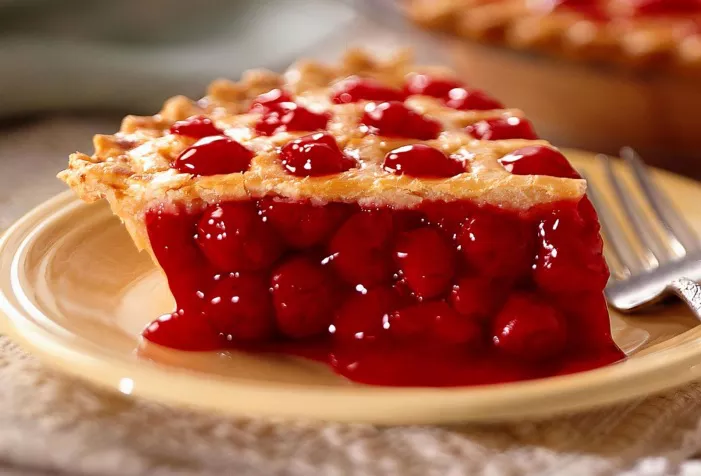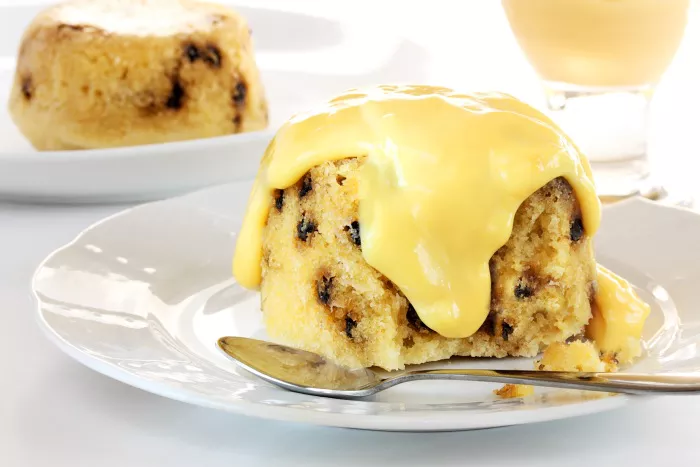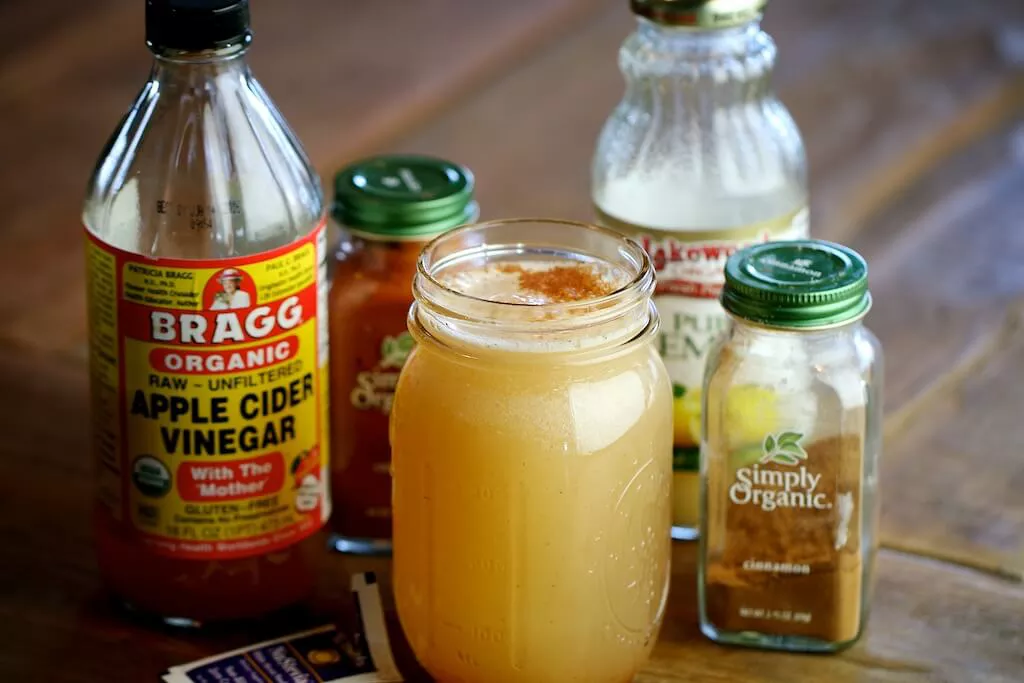Bread pudding, a timeless and comforting dessert, has graced tables around the world for centuries. Its simplicity and versatility make it a favorite among home bakers and professional chefs alike. In this comprehensive guide, we will delve into the world of bread pudding, exploring the essential ingredients, techniques, and variations that contribute to creating the perfect bread pudding masterpiece.
Choosing the Right Bread
The foundation of any exceptional bread pudding lies in the choice of bread. Opt for day-old or slightly stale bread, as it absorbs the custard mixture more effectively, resulting in a luscious and moist texture. Classic choices include French baguette, brioche, or challah, but don’t shy away from experimenting with whole grain or nut-infused bread for a unique twist on traditional bread pudding.
Preparation: Cubing and Drying the Bread
To ensure an even distribution of flavors and custard absorption, it’s crucial to cube the bread into bite-sized pieces. Spread the cubes on a baking sheet and allow them to dry for a few hours or overnight. This step not only enhances the texture but also prevents the bread pudding from becoming overly mushy. The dried cubes act like sponges, soaking up the delectable custard mixture.
The Essential Ingredients: Beyond Bread
While bread is the star of the show, the supporting cast of ingredients plays a vital role in elevating the overall flavor profile of your bread pudding. Essential components include eggs, milk, sugar, and vanilla extract for the custard base. Experiment with different types of milk, such as whole, heavy cream, or even coconut milk, to tailor the richness to your preference. Cinnamon, nutmeg, and a pinch of salt add depth and warmth to the mix, creating a harmonious balance of flavors.
Perfecting the Custard Mixture
Achieving the ideal custard consistency is key to a successful bread pudding. The ratio of eggs to milk is the foundation, with a common guideline being one egg per cup of milk. Whisk the eggs and sugar until well combined, then gradually add the milk and vanilla extract. For an extra layer of indulgence, consider incorporating a splash of bourbon or rum into the custard mixture, imparting a subtle complexity to your bread pudding.
Incorporating Add-Ins: From Fruits to Nuts
While the classic bread pudding stands on its own, incorporating add-ins introduces exciting variations. Raisins, dried cranberries, or chopped nuts contribute texture and bursts of flavor. Experiment with seasonal fruits like apples, berries, or peaches for a fresh and vibrant twist. Soaking raisins or dried fruits in liquor beforehand enhances their plumpness and infuses the bread pudding with an additional layer of richness.
Layering Flavors: Spices and Extracts
Spices and extracts are the secret weapons that can transform a basic bread pudding into a culinary masterpiece. Cinnamon and nutmeg are traditional favorites, but don’t hesitate to explore cardamom, ginger, or even a hint of espresso powder for a more complex flavor profile. Extracts like almond, orange, or maple can elevate the overall taste, creating a unique and memorable bread pudding experience.
Techniques for Mixing and Soaking
Achieving a uniform distribution of the custard mixture is crucial for a well-balanced bread pudding. Gently fold the cubed bread into the custard, ensuring that each piece is coated without breaking down the bread’s structure. Allow the mixture to soak for at least 30 minutes or longer, allowing the bread to absorb the flavors fully. Patience is key at this stage, as a thorough soak guarantees a decadent and custardy interior.
Baking: The Crucial Balance of Temperature and Time
The baking process is where the magic happens, transforming the soaked bread and custard mixture into a golden and indulgent dessert. Preheat your oven to the recommended temperature, typically around 350°F (175°C). Use a water bath to create a gentle and even heat distribution, preventing the edges from drying out. The baking time may vary depending on the recipe and the depth of your bread pudding, but a toothpick inserted should come out with a few moist crumbs for the perfect consistency.
The Finishing Touch: Sauce and Toppings
Elevate your bread pudding to a new level of decadence with the addition of complementary sauces and toppings. A classic vanilla or bourbon sauce drizzled over the warm bread pudding adds a luxurious touch. Whipped cream, a dusting of powdered sugar, or a sprinkle of chopped nuts provides both visual appeal and contrasting textures. Experiment with different combinations to find the perfect finishing touch for your bread pudding creation.
Presentation: From Rustic to Elegant
Whether you’re serving a casual family dinner or hosting a formal gathering, the presentation of your bread pudding can enhance the overall dining experience. Consider individual servings for a polished look or embrace the rustic charm of a family-style presentation. Garnish with fresh berries, mint leaves, or a light dusting of cocoa powder to add a touch of sophistication to your dessert.
Storage and Reheating Tips
If you find yourself with leftover bread pudding, fear not, as it reheats beautifully. Store it in the refrigerator, covered, and reheat individual portions in the oven or microwave. For an extra treat, drizzle a bit of warm sauce over the top before serving. Remember that bread pudding is versatile and can be enjoyed cold or at room temperature as well.
Conclusion
Mastering the art of bread pudding requires a balance of quality ingredients, precise techniques, and a dash of creativity. Whether you’re a seasoned baker or a novice in the kitchen, this comprehensive guide provides the insights and inspiration needed to create a bread pudding that will delight the taste buds and leave a lasting impression. So, roll up your sleeves, gather your ingredients, and embark on a delicious journey into the world of bread pudding mastery.


























